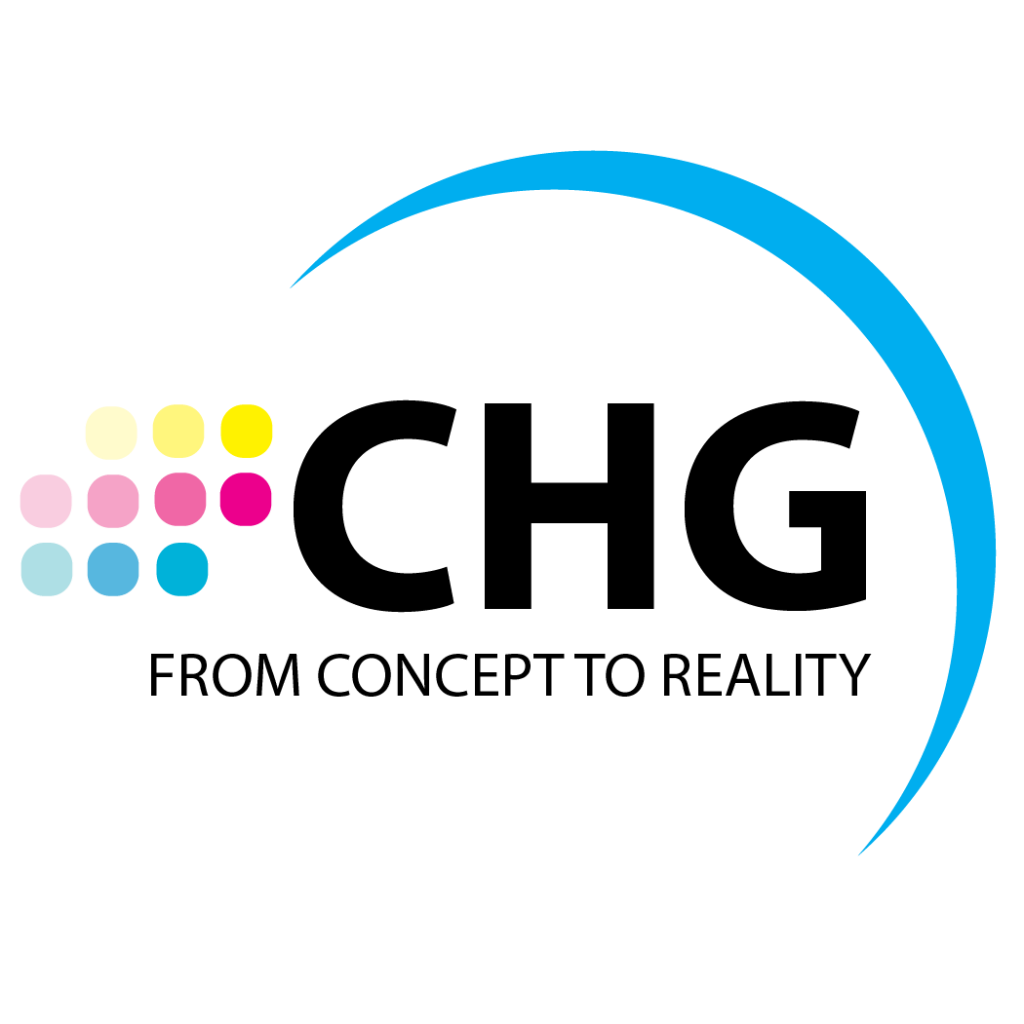Choosing the Right Print Format
Are you an author or a publisher gearing up to print your next book? Selecting the appropriate print format ensures that your project aligns with your quality standards, budget, and timeline. At Color House Graphics, we recognize the uniqueness of every project, offering both short-run digital printing and large-run offset printing options. In this guide, we’ll examine the advantages and considerations of each printing format to assist you in making a more informed decision.
Offset printing involves using plates to transfer an image onto a rubber “blanket,” which is then rolled onto paper, ensuring precise color reproduction and professional-quality printing. It’s the go-to option for large quantities due to its setup efficiency. Alternately, digital printing, employing toner or liquid ink, is better suited for lower quantities and provides variable data capability for unique codes, names, or addresses. While offset printing shines in large runs, digital printing offers a cost-effective solution for smaller quantities.
Short-Run Digital Printing
Advantages:
- Faster Turnaround Time: Digital printing ensures a quicker turnaround time than offset printing, which is ideal for projects requiring prompt delivery.
- Cost-Effective for Small Runs: If you need only a small number of copies printed, digital printing can be more cost-effective than offset printing.
- Customization: Digital printing allows for easy customization of each copy, perfect for personalized books or content.
- Variable Data Use: Incorporating variable data such as names, addresses, or other personalized information into each copy is seamless with digital printing.
Considerations:
- Limited Color Accuracy: While digital printing technology has advanced, it may still struggle to match the color accuracy and consistency of offset printing.
- Higher Cost per Page: For larger print runs, digital printing may be more expensive than offset printing.
- Limited Paper Options: Digital printing may offer fewer paper options than offset printing, potentially restricting your paper quality and finish choices.
Offset Printing
Advantages:
- Cost-Effective for Large Runs: Offset printing proves more cost-effective for large print runs, as the cost per page decreases with higher quantities.
- Consistent Color and Quality: Offset printing ensures consistent color accuracy and high-quality printing, making it ideal for projects requiring a professional finish.
- Wide Range of Paper Options: Offset printing offers a diverse selection of paper options, including different weights, finishes, and colors, enabling you to choose the perfect paper for your project.
Considerations:
- Slower Turnaround Time: Offset printing typically entails a longer turnaround time than digital printing, which may not be suitable for projects with tight deadlines.
- Higher Setup Costs: Offset printing necessitates creating printing plates, resulting in higher setup costs than digital printing.
- Not Ideal for Small Runs: Offset printing is not cost-effective for small print runs due to higher setup costs.
In summary, short-run digital printing and large-run offset printing hinge on print quantity, turnaround time, customization needs, and budget considerations. By weighing the pros and cons of each option against your project requirements, you can make an informed decision that ensures a successful print outcome.






